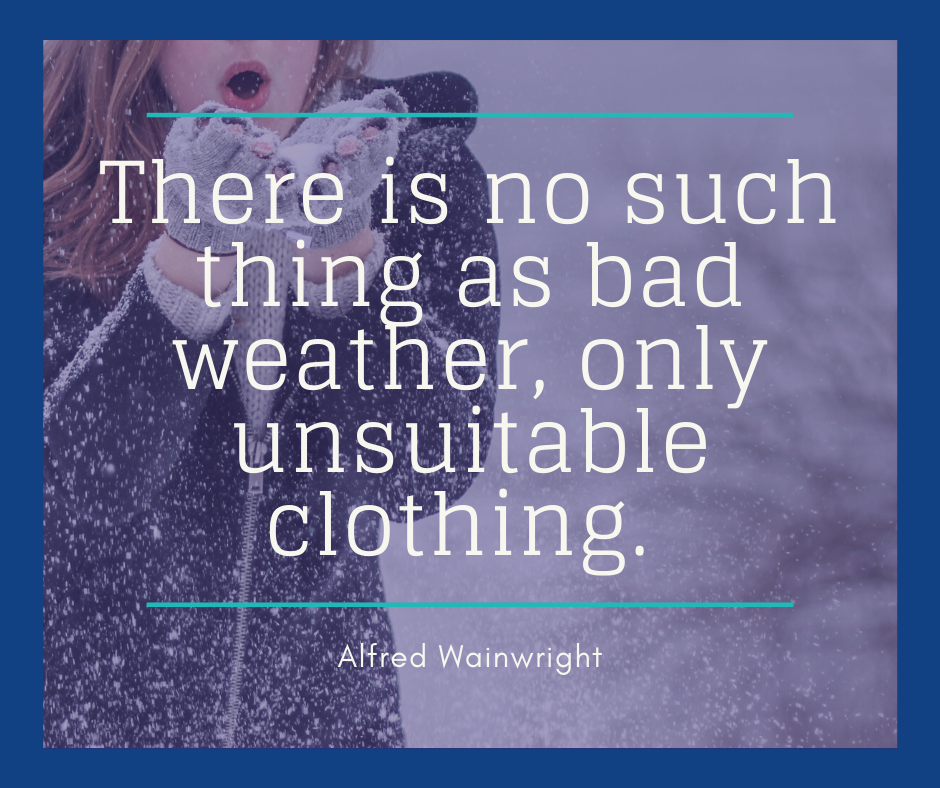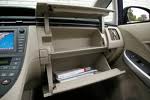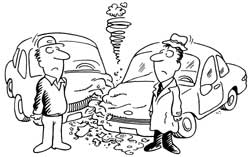We’re in that time of year when Maryland temperatures start dipping a little lower. It can be 70°F (21°C) one day and 40°F (4°C) the next. But, that doesn’t mean you need to hide indoors. There are lots of ways to stay warm and enjoy the outdoors through fall and winter.
There is a Scandinavian saying…

If you come from a warmer climate this may sound impossible to you. Over the years I have noticed that the temperature difference is much easier on those who have a gradual adjustment. It allows your body time to adjust to the lower temperatures. So, that’s the good news for all of you who are already here. Your body is already getting adjusted, give your mind a chance to stay open to enjoying the outdoors.
The next thing to do is get yourself the proper clothing and accessories. Start shopping for cold weather clothing: sweater, coat, gloves, hat, scarf, long underwear & boots. Ask your host family if they have some you can use and/or if there are items they are planning to provide for you before you start to make purchases. Then start looking out for sales and checking thrift shops. Take a look at what you already have and think of ways to layer it. A long sleeve t-shirt under a sweatshirt may be as warm as a jacket. A pair of leggings or tights under a pair of jeans adds a lot of warmth. Search on YouTube and TikTok for videos giving more layering suggestions.
It may also help to remind yourself that people in other parts of the U.S. and other countries experience much colder temperatures than we do and are still able to enjoy the outdoors.
Pick your activities carefully. If you are sitting next to a fire pit or doing physical activity you will feel warmer. When you take the kids to the playground or out in the snow, don’t sit on the bench and watch. You will feel warmer and have more fun if you are actively involved and have fun with them.
If you have tips on enjoying the cold weather, please share them!
CONTEST: The first au pair in our cluster to message Christine or Lisa with their favorite cold-weather activity will win a prize! (Contest Closed – We have a winner)
Image: Canva.com


 Having a car accident is a very upsetting, stressful situation. Being prepared and knowing what to do can make things a little bit easier. Make sure you know which host parent to call in case of an accident.
Having a car accident is a very upsetting, stressful situation. Being prepared and knowing what to do can make things a little bit easier. Make sure you know which host parent to call in case of an accident.